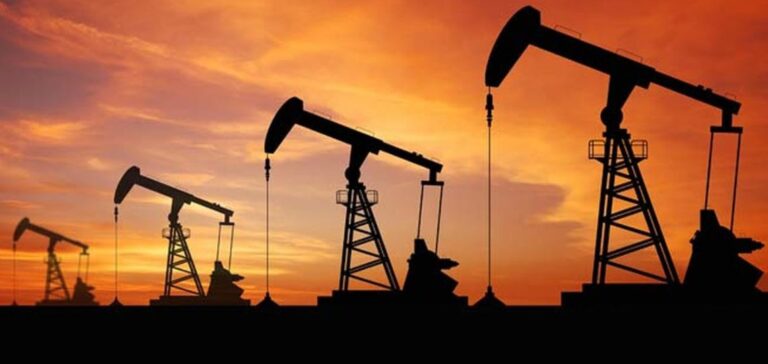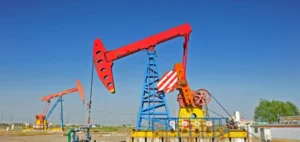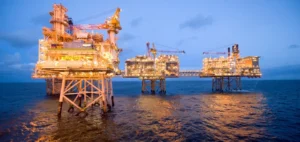At the heart of the global chessboard, fluctuations in oil prices are inexorably linked to current geopolitical dynamics. Recent events in the Middle East and ongoing tensions between Russia and Ukraine are perfect examples of how regional crises can have a significant impact on global energy markets.
Geopolitical impacts on the oil market
Oil, although slightly down, remains at high levels, supported by a series of geopolitical crises shaking the main producing basins. Analysts at Rystad Energy, like Claudio Galimberti, point out that the risk premiums associated with tensions in Russia and the Middle East are significant. Despite attempts at a ceasefire, conflict zones such as Gaza and the Lebanese border continue to weigh on regional and global stability, exacerbating uncertainties on the oil market. Since December 2023, tensions in the Middle East have caused oil prices to soar.
Conflict dynamics and their influence
Israel’s recent bombardment of Gaza, in response to Hamas’ actions, and growing tensions with Hezbollah, illustrate the security risks prevailing in the region. At the same time, Houthi attacks on merchant shipping demonstrate the escalation of the conflict beyond the immediate borders of the war zones, indirectly affecting vital trade and oil routes.
The European outlook and its economic repercussions
In Europe, the situation in Ukraine remains a major flashpoint. Ongoing attacks on Russian energy infrastructure by Ukraine, and vice versa, not only exacerbate regional tensions but also affect energy market confidence. The planned integration of Ukraine and Moldova into the European Union represents an attempt to stabilize the region through economic and political means, projecting a future in which these countries can contribute more positively to the European energy market.
Despite occasional disruptions, oil markets have shown remarkable resilience, avoiding excessive price rises despite the many geopolitical risks. This phenomenon highlights the complexity of the economic and political interdependencies that characterize the contemporary era, where geopolitics continues to shape global energy markets.






















